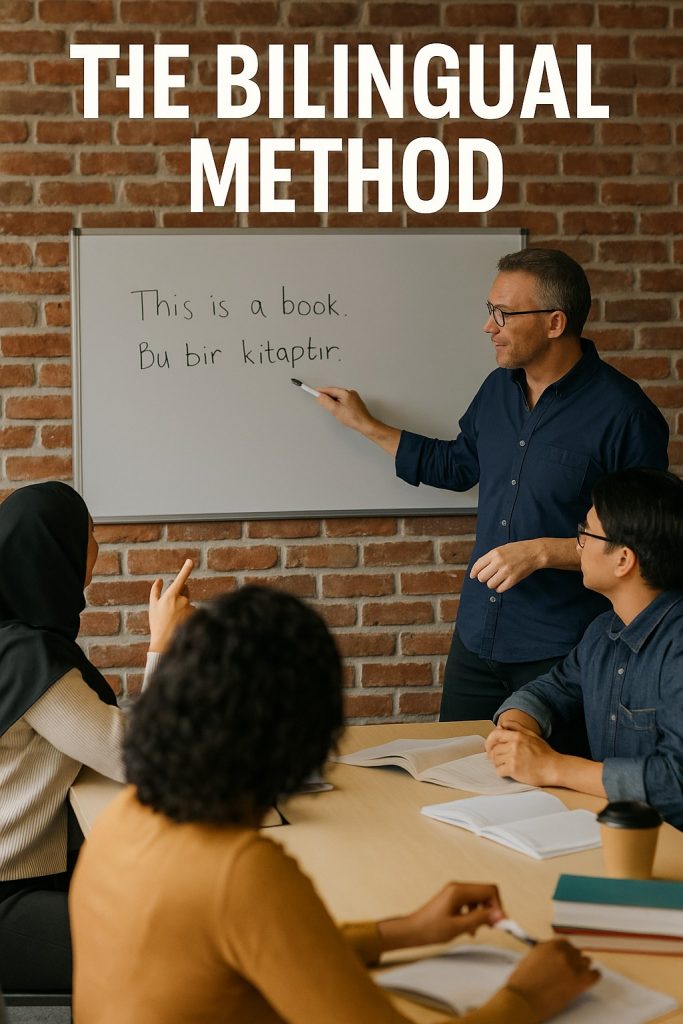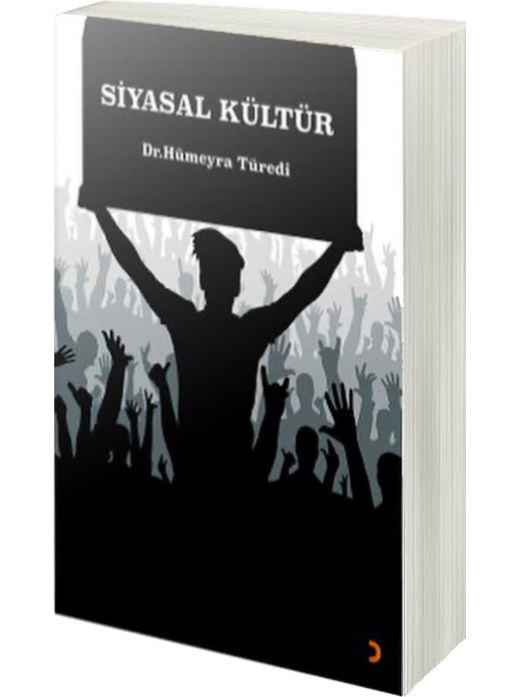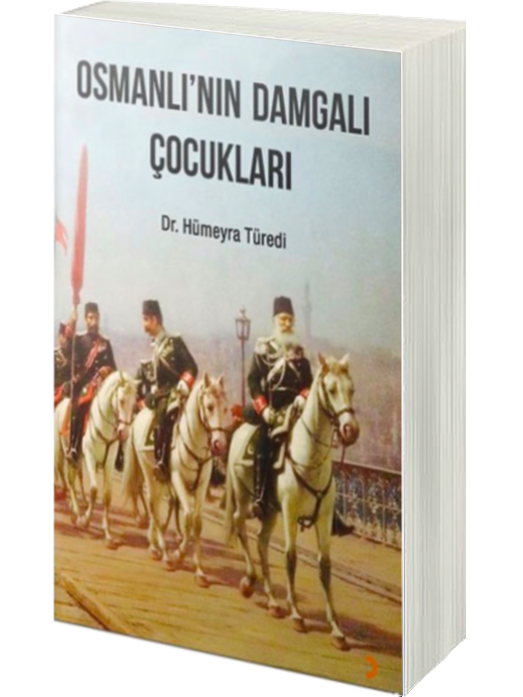
The Bilingual Method is one of those teaching ideas that feels simple yet surprisingly powerful when used well. It was first introduced back in the 1960s by Professor C.J. Dodson at the University of Wales as a smart middle way between the Grammar-Translation Method (which relied too much on the native language) and the Direct Method (which often confused students by ignoring it completely).
So what’s the main idea? In the Bilingual Method, you use both the first language (L1) and the target language (L2) in a clear, strategic way — not randomly, and not forever. You use L1 to make meaning clear, then switch back to L2 for practice. This balance helps students understand new words and structures quickly, without wasting time guessing or feeling lost.
A classic Bilingual Method lesson has three basic steps:
1️⃣ Present new language items bilingually:
The teacher says a new word or phrase in English, immediately gives the native language equivalent, then repeats it in English. This is called the “sandwich technique” — L2, then L1, then L2 again.
Teacher: “This is a book.” → “Bu bir kitaptır.” → “This is a book.”
2️⃣ Practice monolingually:
Once students understand, practice continues only in the target language. For example:
Teacher: “What is this?”
Students: “This is a book.”
3️⃣ Use L1 as a cognitive tool — not a crutch:
The native language is there to help students connect meaning, not to replace speaking practice. The real goal is fluent, confident use of L2.
One big advantage of the Bilingual Method is how much time it saves. Instead of students struggling to guess meanings, they get instant clarity and can focus on speaking, pronunciation, and structure right away. This is a huge help in crowded classrooms or places with limited time and resources.
Another key feature is the teacher’s strong oral control. Lessons focus on repeating and responding in the target language to build good habits. Vocabulary and grammar don’t disappear — they’re explained naturally through L1 support and then reinforced in reading or writing activities.
So, why isn’t the Bilingual Method as famous as methods like CLT (Communicative Language Teaching) or CLIL? Partly because some teachers hear “bilingual” and think of old-fashioned translation-heavy lessons that ignore speaking skills. Also, many training programs don’t really show teachers how to use L1 wisely. In some countries, “full immersion” is seen as the gold standard — even when it doesn’t work for everyone.
But in many parts of Asia, Africa, and post-colonial contexts, the Bilingual Method is still alive and working well. Research from India, Pakistan, and parts of Africa shows that students in bilingual classes often understand more and speak better when their mother tongue is used strategically — especially when they don’t get much exposure to English outside school.
It’s worth remembering that the Bilingual Method doesn’t clash with modern approaches like CLIL. They have different goals. CLIL uses the target language to teach subject content; the Bilingual Method uses the first language to teach the target language. But both share the idea that language is a tool for understanding and expression — not just a list of words.
In the end, the Bilingual Method reminds us that students’ existing language knowledge is a strength, not a problem. Used carefully, it can help build confidence, speed up comprehension, and make the early stages of language learning far less stressful. It may not be right for every classroom, but for many teachers and learners, it’s still a practical bridge between two languages.
Dr. Humeyra Turedi
References
- Dodson, C. J. (1967). Language Teaching and the Bilingual Method. London: Pitman.
- Butzkamm, W. (2003). We only learn language once. The role of the mother tongue in FL classrooms. Language Learning Journal, 28(1), 29–39.
- Macaro, E. (2009). Teacher use of code-switching in the second language classroom: Exploring ‘optimal’ use. Second Language Research, 25(3), 331–355.
- Hall, G. (2011). Exploring English Language Teaching: Language in Action. Routledge.
- Turnbull, M., & Dailey-O’Cain, J. (2009). First Language Use in Second and Foreign Language Learning. Multilingual Matters.
İki Dilli (Bilingual) Yöntem Nedir? Kökenleri, İlkeleri ve Uygulama Yolları
Dr. Hümeyra Türedi
İki Dilli Yöntem (Bilingual Method), kulağa basit gelen ama doğru kullanıldığında şaşırtıcı derecede etkili olabilen öğretim yaklaşımlarından biridir. Bu yöntem, ilk olarak 1960’lı yıllarda Galler Üniversitesi’nden Prof. C.J. Dodson tarafından, iki ucu temsil eden yöntemler arasında “akıllı bir orta yol” olarak geliştirilmiştir: Bir yanda ana dile fazlaca dayanan Dilbilgisi-Çeviri Yöntemi, diğer yanda ana dili tamamen dışlayan ve öğrencileri çoğu zaman bocalatan Doğrudan Yöntem (Direct Method).
Peki bu yöntemin temel fikri nedir? İki Dilli Yöntem’de hem ana dil (L1) hem de hedef dil (L2) stratejik ve planlı bir şekilde kullanılır—rastgele ya da sürekli değil. Yeni kelimeler ve yapılar önce anlamı netleştirmek için L1 ile açıklanır, ardından L2 ile pratik yapılır. Bu denge, öğrencilerin zaman kaybetmeden, tahmin yürütmeden hızlıca anlamalarını ve etkin şekilde konuşmaya başlamalarını sağlar.
Tipik bir Bilingual Method dersi üç aşamada işler:
– Yeni Dil Öğelerinin İki Dilli Sunumu
Öğretmen, yeni kelime ya da ifadeyi önce İngilizce (L2) olarak söyler, ardından anında Türkçe (L1) karşılığını verir, sonra tekrar İngilizce söyler. Bu “sandviç tekniği” olarak bilinir: L2–L1–L2.
Örnek:
Öğretmen: “This is a book.” → “Bu bir kitaptır.” → “This is a book.”
-Hedef Dilde Tek Dilli Pratik
Öğrenciler artık ifadenin anlamını bildiklerinde, sadece hedef dil kullanılarak tekrarlar yapılır.
Örnek:
Öğretmen: “What is this?”
Öğrenciler: “This is a book.”
-Ana Dili Bilişsel Bir Araç Olarak Kullanmak
L1, anlam kurmaya yardımcı olan bir araçtır; konuşma pratiğinin yerine geçen bir “koltuk değneği” değildir. Asıl hedef, öğrencilerin L2’yi akıcı ve özgüvenli bir şekilde kullanabilmesidir.
Bu yöntemin en büyük avantajlarından biri zaman kazandırmasıdır. Öğrenciler anlamı tahmin etmekle vakit kaybetmez, doğrudan konuşma, telaffuz ve yapı pratiğine odaklanabilir. Kalabalık sınıflarda ya da sınırlı kaynaklara sahip okullarda bu çok büyük bir avantaj sağlar.
Bir diğer önemli yönü ise öğretmenin güçlü sözlü kontrolüdür. Dersler, öğrencilerin hedef dilde tekrar yapmalarını ve yanıt vermelerini sağlayarak doğru alışkanlıklar geliştirir. Kelime ve dilbilgisi öğretilmez değil—aksine, ana dil desteğiyle doğal bir şekilde açıklanır ve okuma/yazma etkinlikleriyle pekiştirilir.
Peki neden İki Dilli Yöntem, CLT (İletişimsel Dil Öğretimi) ya da CLIL kadar tanınmıyor? Bunun birkaç nedeni var:
🔹 Bazı öğretmenler “iki dilli” deyince eski tarz, sürekli çeviriye dayalı ve konuşmayı ihmal eden dersleri hatırlıyor.
🔹 Birçok öğretmen yetiştirme programı, L1’in nasıl stratejik kullanılacağını öğretmiyor.
🔹 Bazı ülkelerde “tam daldırma (immersion)” yaklaşımı ideal sayılıyor—herkese uymasa da.
Oysa Asya, Afrika ve sömürge geçmişi olan pek çok bölgede, Bilingual Method hâlâ canlı ve etkili bir şekilde uygulanıyor. Hindistan, Pakistan ve bazı Afrika ülkelerindeki araştırmalar, ana dilin stratejik olarak kullanıldığı sınıflarda öğrencilerin konuyu daha iyi kavradığını ve daha iyi konuşabildiğini gösteriyor. Özellikle okul dışında İngilizce ile fazla karşılaşmayan öğrenciler için bu büyük bir destek oluyor.
Unutulmamalıdır ki, İki Dilli Yöntem modern yaklaşımlarla çelişmez. CLIL ile farklı amaçlara sahiptir: CLIL, içerik derslerini hedef dilde öğretir; Bilingual Method, hedef dili öğretmek için ana dili destekleyici biçimde kullanır. Ama her ikisinin de ortak noktası, dili sadece kelimelerden ibaret görmeyip anlam kurma ve iletişim aracı olarak ele almalarıdır.
Sonuç olarak, Bilingual Method bize öğrencilerin mevcut dil bilgisinin bir yük değil, bir güç olduğunu hatırlatır. Doğru şekilde kullanıldığında bu yöntem, öğrencilerin özgüvenini artırır, anlamayı hızlandırır ve dil öğreniminin başlangıç aşamalarını çok daha az stresli hâle getirir. Her sınıfa uygun olmayabilir ama birçok öğretmen ve öğrenci için iki dil arasında sağlam bir köprü oluşturur.
Kaynakça
Dodson, C. J. (1967). Language Teaching and the Bilingual Method. London: Pitman.
Butzkamm, W. (2003). We only learn language once. The role of the mother tongue in FL classrooms. Language Learning Journal, 28(1), 29–39.
Macaro, E. (2009). Teacher use of code-switching in the second language classroom: Exploring ‘optimal’ use. Second Language Research, 25(3), 331–355.
Hall, G. (2011). Exploring English Language Teaching: Language in Action. Routledge.
Turnbull, M., & Dailey-O’Cain, J. (2009). First Language Use in Second and Foreign Language Learning. Multilingual Matters.



